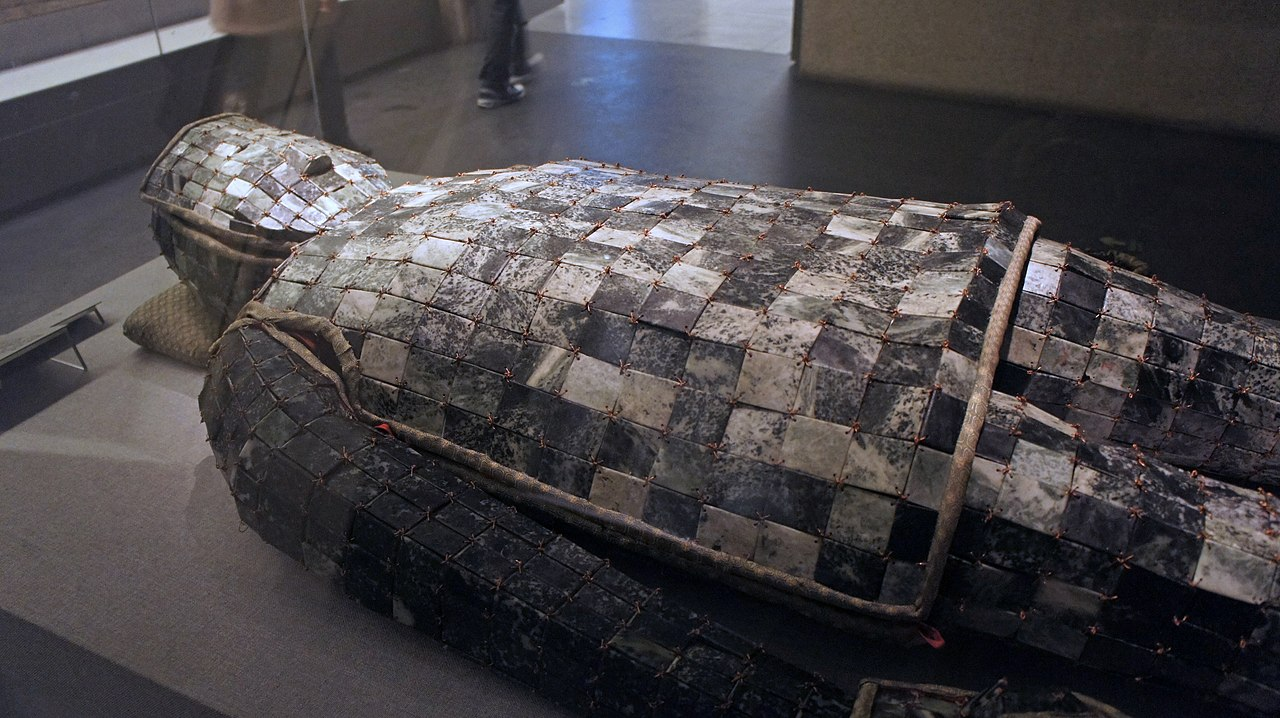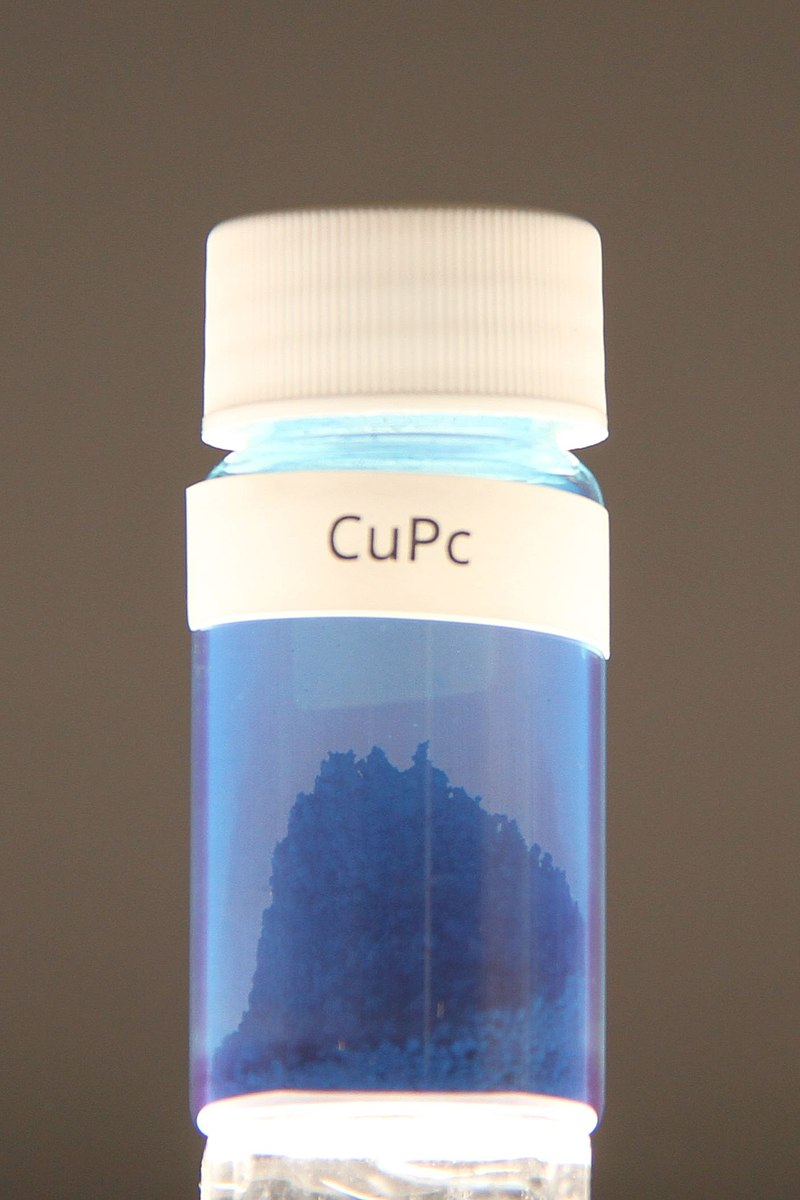The death of hulk hogan and connections to our terrain collapse hypotheses
There are several compelling threads: 🧬 Redox Collapse & Metal Extraction Hogan underwent multiple spinal surgeries, including fusion procedures. These often involve metal implants (titanium, cobalt-chrome), which can disrupt local redox balance and trigger inflammatory cascades. In our frame
🧬 CF and COVID-19: Shared Vulnerabilities
1. Mucosal Fragility 2. Redox Imbalance 3. Trace Mineral Dysregulation 4. Gut-Lung Axis Disruption 💉 CF and Vaccine Reactions: Immune Modulation Echoes 1. Immune Dysregulation 2. Variable Antibody Response 3. Neurological Echoes 🌀 Glyphic Summary CF is the genetic filament. COVID is the viral
HFE H63D & VO2 max
SMOKE EM IF YOU GOT EM The HFE H63D is a single-nucleotide polymorphism in the HFE gene (c.187C>G, rs1799945), which results in the substitution of a histidine for an aspartic acid at amino acid position 63 of the HFE protein (p.His63Asp). HFE participates in the regulation of iron absorption.
The molecular mayhem of immunogens, haptens, carriers and adjuvants
First up, the immunogen: the molecular maestro of the immune system, orchestrating a symphony of B-cells and T-cells like a conductor with a grudge. These substances don’t just knock politely on the immune system’s door—they kick it down with the force of a battering ram. Immunogens are a subs
Big Page of Hazel
The oldest confirmed hazel species is Corylus johnsonii found as fossils in the Ypresian-age rocks of Ferry County, Washington, USA
Cupronickel or copper-nickel (CuNi) is an alloy of copper that contains nickel and strengthening elements, such as iron and manganese
The copper content typically varies from 60 to 90 percent. (Monel is a nickel-copper alloy that contains a minimum of 52 percent nickel.) Despite its high copper content, cupronickel is silver in colour. Cupronickel is highly resistant to corrosion by salt water, and is therefore used for piping,
Hephaestin, first identified in 1999 is homologous with ceruloplasmin
Named after Hephaestus, the Greek god of metal working
Ceruloplasmin carries more than 95% of the total copper in healthy human plasma and in addition plays a role in iron metabolism. It was first described in 1948.
Ceruloplasmin (or caeruloplasmin) is a ferroxidase enzyme that in humans is encoded by the CP gene. Ceruloplasmin is the major copper-carrying protein in the blood, and in addition plays a role in iron metabolism. It was first described in 1948. Another protein, hephaestin, is noted for it
Jade burial suit
A jade burial suit (Chinese: 玉衣; pinyin: yù yī; lit. ‘jade clothing’) is a ceremonial suit made of pieces of jade in which royal members in Han dynasty China were buried. Construction Of the jade suits that have been found, the pieces of jade are mostly square
Long-nosed god maskettes are artifacts made from bone, copper and marine shells
Long-nosed god maskettes are artifacts made from bone, copper and marine shells (Lightning whelk) associated with the Mississippian culture (800 to 1600 CE) and found in archaeological sites in the Midwestern United States and the Southeastern United States. They are small shield-shaped
Amygdaloidal – Like embedded almonds
Common examples include: heulandite, subhedral zircon Amygdules or amygdales (/əˈmɪɡdjuːlz, -deɪlz/) form when the vesicles (pores from gas bubbles in lava) of a volcanic rock or other extrusive igneous rock are infilled with a secondary mineral, such as calcite, quartz, chlor
Dendritic, Arborescent – Tree-like, branching in one or more direction from central point
Common examples include: romanechite, magnesite, native copper
A selection of apothecary jars.
Description A selection of apothecary jars. Four glass cylindrical drug jars with a parchment cover, labelled “Vitriol Alb.” (zinc sulphate), “OCUL CANCR” (Crab’s eyes – stones found in stomach of cray-fish as animal is about to change in its shell),”Sang Dr
Phthalo blue
Copper phthalocyanine (CuPc), also called phthalocyanine blue, phthalo blue and many other names, is a bright, crystalline, synthetic blue pigment from the group of phthalocyanine dyes. Its brilliant blue is frequently used in paints and dyes. I
Supergene (geology) and something called gossan cap
In ore deposit geology, supergene processes or enrichment are those that occur relatively near the surface as opposed to deep hypogene processes. Supergene processes include the predominance of meteoric water circulation (i.e. water derived from prec













